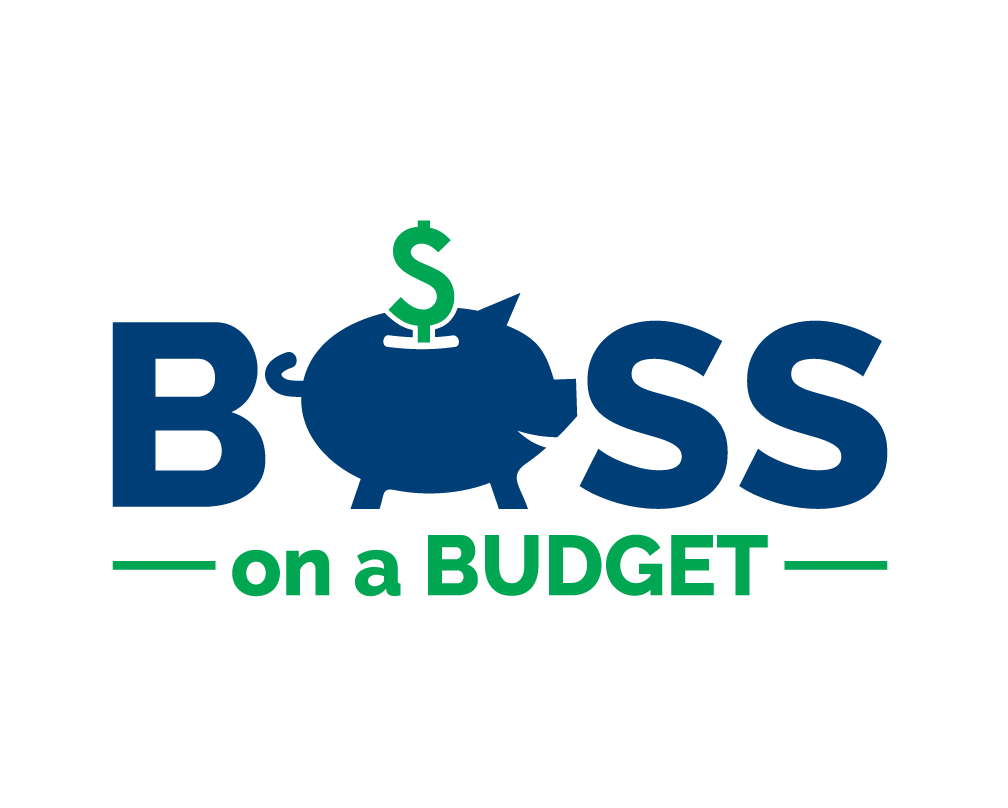How to Stand Out in Grant Proposals Without Writing One Word
When you think about what makes a successful grant proposal, the normal things come into play: an organized proposal, attention to detail, and a compelling ask. Your proposal’s presentation plays an integral role in how the funder perceives how well you can spend the money you may potentially win. The end result is to ensure that the funder has the confidence in your organization to get the job done, plain and simple. But, did you know, there are ways to instill that confidence that have nothing to do with your written proposal? What if I told you that there are ways to boost your proposal’s success before you type one word?
If you don’t know by now, it’s my personal mission to challenge you to be bolder in your grant writing strategy. To use grants in a powerful way, you have to get beyond your desk and start making connections. There are concrete, sustainable ways you can lift up the visibility and credibility of your nonprofit which will move your grant writing strategy much further than only sending out applications. Engagement should be a central part of your strategy. ...if you are going to pursue grant writing, you will be much more successful if you develop an overall strategy around this. Engage your board and staff around the following strategies to help boost your grant writing strategy:
Build Relationships
If you were asked to lend someone a large amount of money, would you feel more comfortable lending it to someone you knew, or lending it to a stranger? Or, think about it like this: when you have to make a large purchase, would you rather buy from a reputable, well-known brand or a brand you’ve never heard of? In most cases, you’re going to go with what you know. There may be times that you take a chance with a new brand, but probably not without a lot of research and deliberation before you make your decision. Imagine that your potential funders are in the same shoes. They have the opportunity to invest in a nonprofit and when there’s a choice between a relatively unknown nonprofit and one they know, the odds are stacked against the unknown nonprofit. As with any situation, there are exceptions to every rule, and you can certainly win funding without any previous communication with a funder but YOU want to do everything it takes to increase your odds of winning. So how do you get to know a funder? You court them. You court them like you’ve just met your soulmate and you’re dying to get to know them. Melodramatic? Yes. However, is it effective? Absolutely.
The first step in building funder relationships is to learn their patterns and their people. How do they operate? What do they fund? What don’t they fund? How much do they typically give? Who are their people (staff and Board)? Knowing this information upfront helps inform your strategy when you approach the funder. Next, reach out to them via phone or email. The goals of the contact is to introduce your organization and further learn what their interests and/or priorities are for the year. Approach the funder with genuine interest and not just with selfish motives. The goal is to find out if you have mutual interests and to determine if your organization’s activities are a good fit. Once you’ve made contact with the funder, think of ways to main a connection, tactfully. Think about ways you can be of assistance to the funder - can you be an information funnel or the funder's connection to the front lines? When appropriate, think of ways to invite them to see the work first hand. Solicit their input when designing programs, and include them in organization updates.
Build Community Capital
Think of your nonprofit as a tabletop and your support network as the legs to that table. Your internal structure (your staff and Board) is one leg that supports the table. When you start thinking of other supports like other systems in your network (your target population, larger community, government, other funders, etc.), your table becomes much more stable. One of the advantages of having a nonprofit is that is structure is inherently built for community. I talk about this more in a previous blog post about starting a nonprofit. Think about organizations where there are mutual benefits. Is there another nonprofit that serves the same population, but it provides a different service? Or maybe that nonprofit provides the same service as your organization, just with a different population. How can you work together to maximize your reach in the community? How can you partner with the larger community around you? Can your target population be involved in designing your programs? Are you maximizing the use of volunteers? Think about how you can create experiences for people to see the behind the scenes work. How are you working and collaborating within the larger systems around you - religious, education, and government networks? Survey your community to see who the major influencers are (people or organizations that the community trusts and listens to) and brainstorm interesting ways to work with them. The possibilities really are endless.
There are many reasons why building community capital works for you. First, the old adage holds, there is strength in numbers. When you have a stronger network, you have access to more opportunities, and more potential to gain supporters. Second, the more partnerships you build, the more visibility you create for your organization. When people see and hear from you consistently, you begin to establish your organization as an expert, and the community begins to associate you with your cause. That is so very key. You want to build superfans who will go to bat for your nonprofit. When people begin to speak well about your organization when you’re not in the room, you’re in a good place. You will begin to see that connections to funders pop in places you least expect it. The more superfans out there, the more your organization’s name will come up in the right conversations, and eventually, funders will make their way to you. When funders begin to look at your organization first, it’s because they are connected to someone who knows your work or they’ve heard of the work you do. However they get to you, you’re in a coveted spot when a funder seeks you out instead of the other way around.
Create Value
So how do you create community capital? It’s easy to say that once you’re well known it’s easier to be discovered. But how do you go from unknown to sought after? How do you create a narrative that encourages people to vouch for you? Create value. There are two main ways that your nonprofit can create value: Produce impact and produce knowledge.
Your nonprofit should have long-term goals and clear client-level outcomes. It is important to identify what these are early on so you can measure the success of your program from the beginning. Collecting relevant and meaningful data answer key questions you may need to know about your client/target population’s experiences. It also helps you understand whether your program activities are successful at bringing about the ideal changes you want to see in your target population. Funders are attracted to results. They have to be accountable to their own Boards. When they award grants, they are making an investment, not a gift. Once that money passes to you, they are now linked to the work you do, and they look good when you look good. When you have the data to back up your work, your position looks more favorable. Having data also shows that you are a more competent and sophisticated nonprofit who is forward thinking and invested in creating programs that actually promote change.
Even if you haven’t been around long enough to have any compelling data, you always have knowledge to share to establish your nonprofit as an expert. If your target issue is suicide prevention, you can produce a how-to sheet on addressing someone who’s contemplating suicide. Maybe you have an animal rescue organization, and your organization produces a guide on the first 30 days of caring for a rescue animal. You have a unique perspective and expertise that no one else has. Share tips or resources to people mutually interested in the issues your organization addresses. Be a staunch advocate for an issue that people can resonate with. When people associate your organization with knowledge about an issue, you become the expert. When you become an expert, people begin to seek you out. When funders are looking for organizations that align with their missions, they are looking for people who appear to know their jobs well. Establishing your organization as the expert elevates you so that your name becomes household and you are chosen first.
There is no doubt that the key to winning a grant is being skilled at persuading others to believe in your work. You’re building the case, from start to finish, about why another organization should care enough to invest in your work. What you detail in that proposal definitely makes the difference. However, if you want to make the biggest impact, also invest in the strategies mentioned above which will not only greatly impact your grant writing strategy, but your nonprofit’s overall influence.



